BSOD (Blue Screen of Death) errors are not new in Windows, and ntkrnnlmp.exe is among one of them. Typically this error is caused due to the corruption of the graphics card driver on your system. However, a virus or malware can also be the cause behind it.
ntkrnlmp.exe stands for NT Kernel Multi Processor version. It is a system file that manages kernel files of the OS and hence, can be deemed as a very critical file. Interestingly, when the BSOD error ntkrnlmp.exe is mentioned, it does not mean the process itself is causing the issue but that the process had bad/bogus data that caused the crash.
Since the error has crept its way from Windows 7 to Windows 11, the error is documented enough to have plenty of methods to resolve it. However, do note, you might have to try more than one method listed in this guide.
Common Culprits for ntkrnlmp.exe BSOD Error
Though it is generally difficult to identify the cause for the ntkrnlmp.exe BSOD error, listed below are the known causes for it as per documented events.
- Incompatible, outdated, or corrupted graphics driver.
- A corrupted RAID controller.
- It is caused due to a bad Windows Update.
- C-States and EIST are enabled in the BIOS and are creating a ruckus when the PC is idle.
- A bad power adapter is causing a voltage issue when the PC changes states (going from idle to stress or vice versa).
- Two non-identical RAM sticks are installed in the PC with varying timing.
1. Update or Reinstall Graphics Driver
Since the issue is typically caused due to an outdated or corrupt graphics driver, it makes sense to perform this fix first before hopping onto any other method. You can either update it from the Settings app, Device Manager, or choose to force reinstall.
To update the driver using the Settings app, head to the Start Menu and click on the ‘Settings’ tile.

After that, click on the ‘Windows Update’ tab from the left sidebar.

Now, click on the ‘Advanced Options’ tile from the right section to continue.
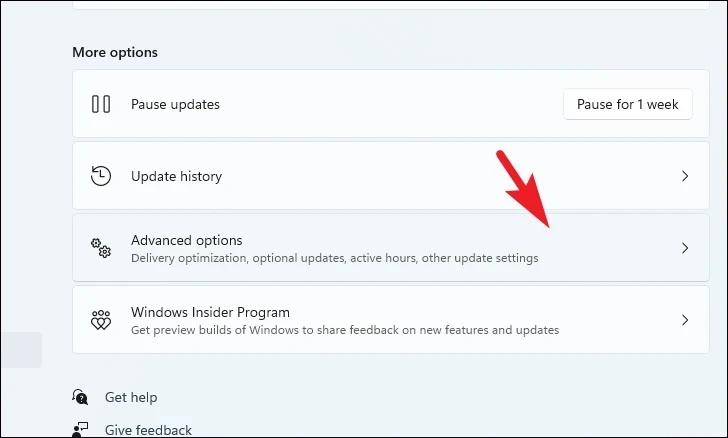
Next, click on the ‘Optional Updates’ tile to proceed.
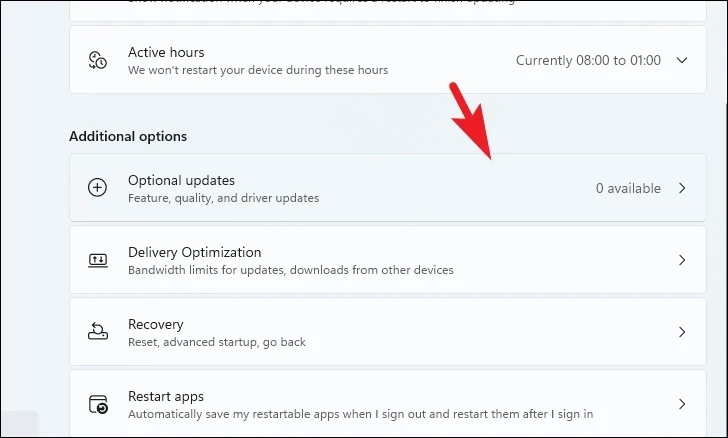
Afterward, click on the checkbox preceding the option having ‘graphics’ as a suffix or prefix and then click on the ‘Download & Install’ button.
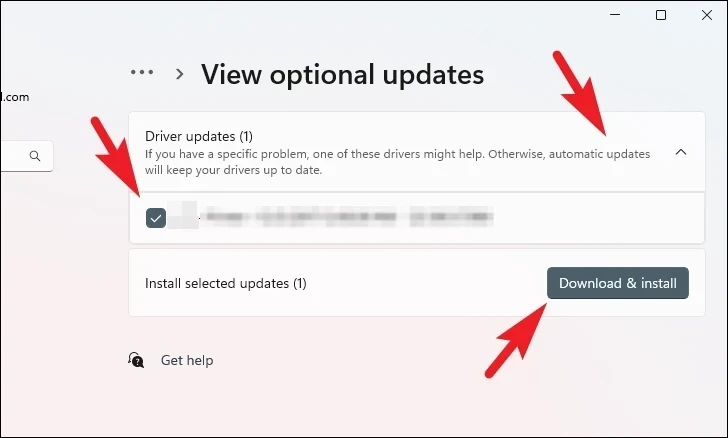
After installing the update, restart your PC and check if the issue has been resolved.
To update the driver using the Device Manager, head to the Start Menu and type Device Manager to perform a search. Then, from the search results, click on the ‘Device Manager’ tile to proceed.
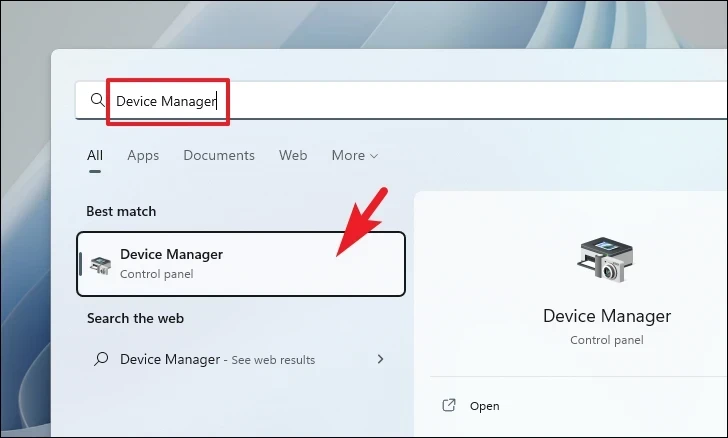
After that, double-click on the ‘Display Adapters’ option to expand the section. After that, right-click on the component listed under it and select the ‘Update driver’ option. This will open a separate window on your screen.

Next, click on the ‘Search automatically for drivers’ option to let Windows search for a driver for you. Otherwise, if you have already downloaded a driver package, click on the ‘Browse my computer for drivers’ option.
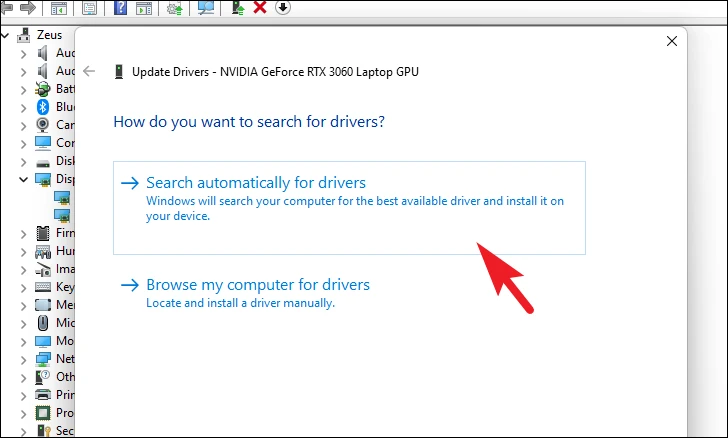
Repeat the process for the second component (secondary graphics card) if you have more than one installed on the system.
To force update the driver, right-click on one of the components and select the ‘Uninstall device’ option. This will bring an alert to your screen.
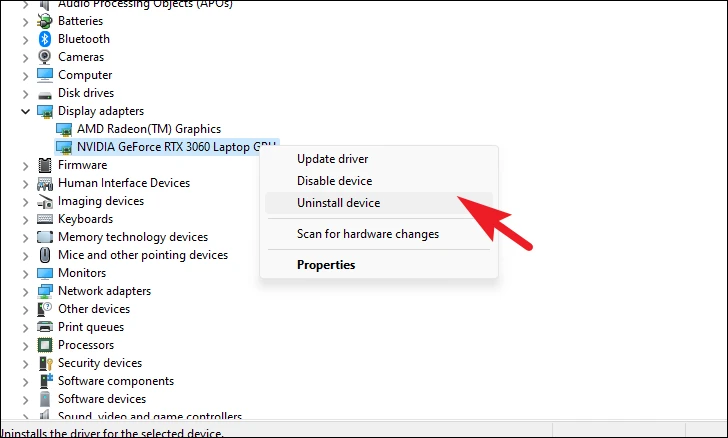
Now, click on the checkbox preceding the ‘Attempt to remove the driver for this device’ option and click on the ‘Uninstall’ button to initiate the process. Once uninstalled, restart your device.

After restarting, head to the ‘Optional Updates’ section and download the update as shown in this section previously.

2. Repair Corrupted or Damaged System Files
Since the issue involves corrupted or damaged system files, it is recommended to run the DISM and SFC scan, as DISM will fix the image that is used to diagnose the problems present on your system, and SFC will check and repair your machine.
First, you will need to run the DISM (Deployment Image Servicing and Management) process, and once that is completed, you will have to run the SFC (System File Checker) to check the integrity and errors of all system files.
First, head to the Start Menu and type Terminal to perform a search. Then, from the search results, right-click on the ‘Terminal’ tile and select the ‘Run as administrator’ option.
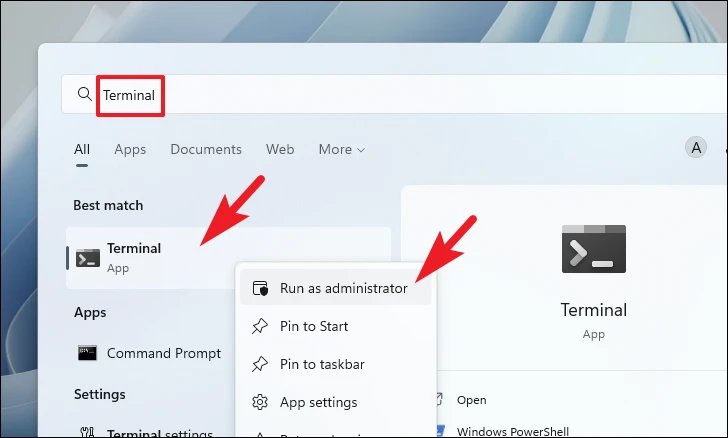
Now, an UAC (User Account Control) window will appear on your screen. If you are not logged in with an admin account, enter the credentials for one. Otherwise, click on the ‘Yes’ button to proceed.
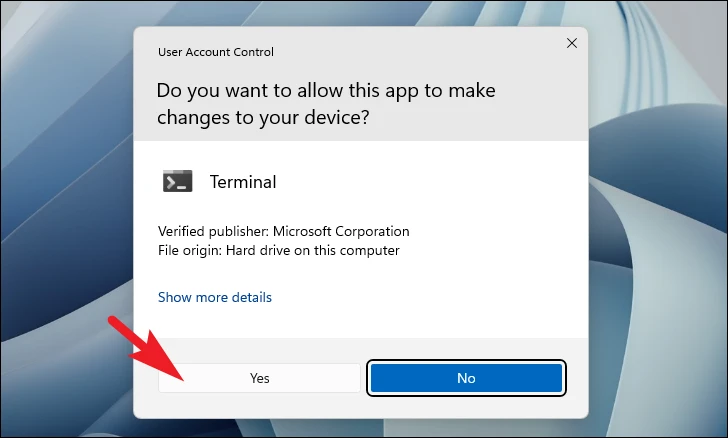
Then, on the Terminal window, type or copy+paste the below-mentioned code and hit Enter on your keyboard to execute the command.
DISM /Online/Cleanup-Image/RestoreHealth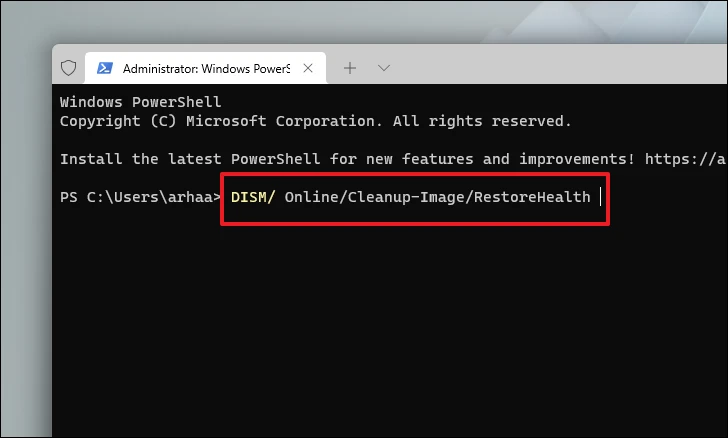
Once done, type or copy+paste the below-mentioned command to invoke the SFC (System File Checker) that will scan your currently installed Windows image and fix the damaged or corrupted files using the one you downloaded in the previous step.
SFC /scannow
Once the command is successfully executed, restart the PC and check if the issue is resolved.
3. Disable EIST and C-State in BIOS
EIST stands for Enhanced Intel SpeedStep Technology. EIST and C-State work in tandem to reduce CPU voltage when the PC is idle or the CPU is running low-resource tasks. There could be a possibility that voltage is reduced too much and the CPU is undervolted. If you are experiencing the crash hours after logging in to the PC or when it is idle, this method is to likely resolve the issue.
First, head to the Start Menu and click on the ‘Settings’ tile to proceed.
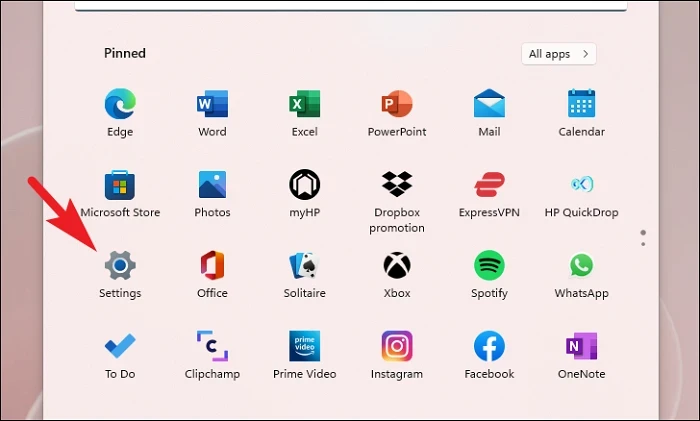
After that, make sure you have selected the ‘System’ tab from the left sidebar.
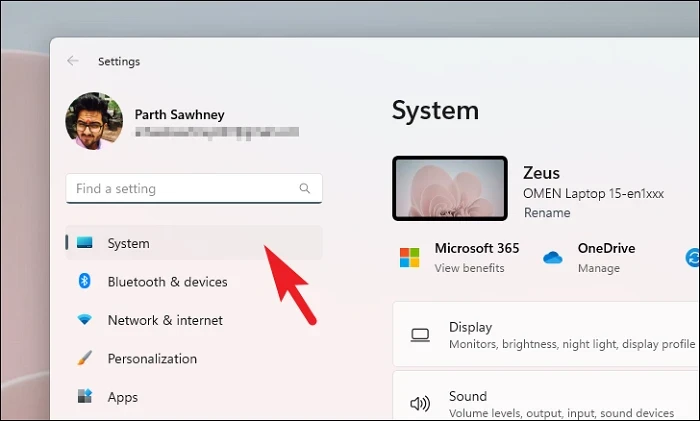
Now, from the right section, locate and click on the ‘Recovery’ tile to proceed.
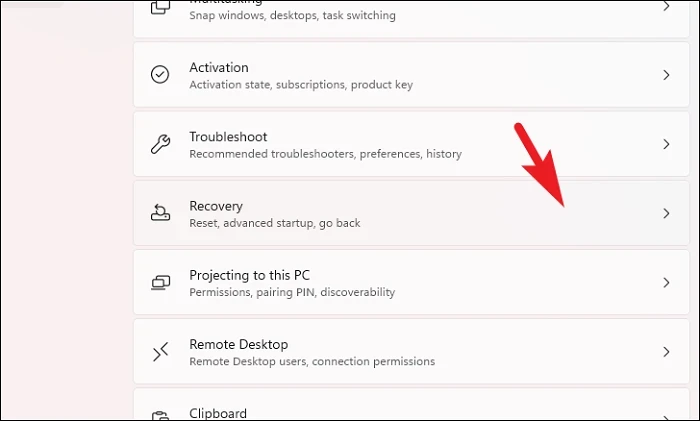
Then, click on the ‘Restart Now’ button on the ‘Advanced Startup’ tile. This will bring an alert to your screen.
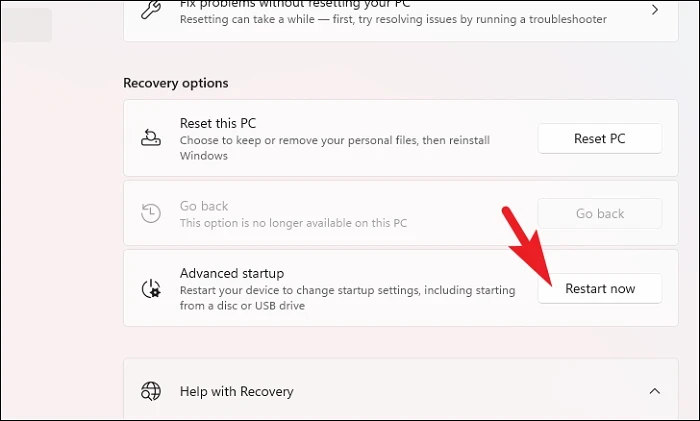
Afterward, click on the ‘OK’ button to restart your PC immediately.
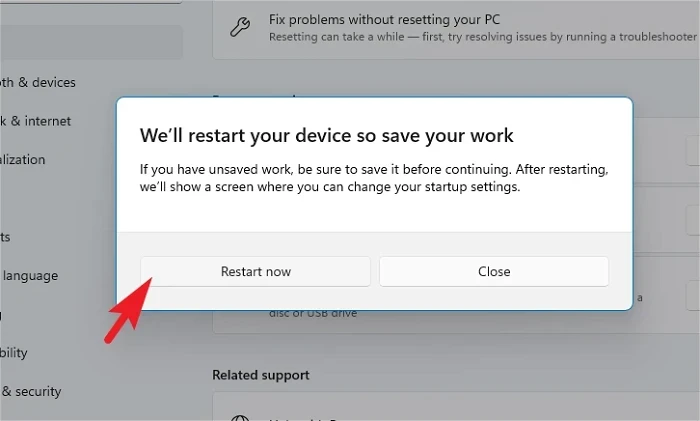
Once the system is restarted, click on the ‘Troubleshoot’ option.
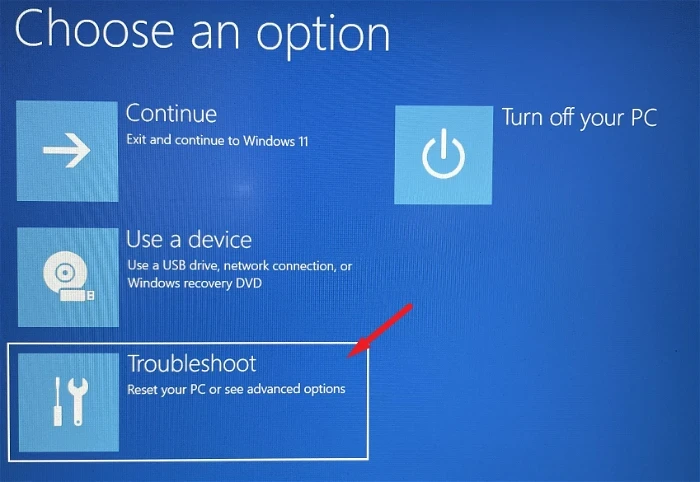
After that, click on the ‘Advanced options’ tab.

Afterward, click on the ‘UEFI Firmware Settings’ option from the grid to continue.

After the restart, click on the ‘BIOS Setup’ option.
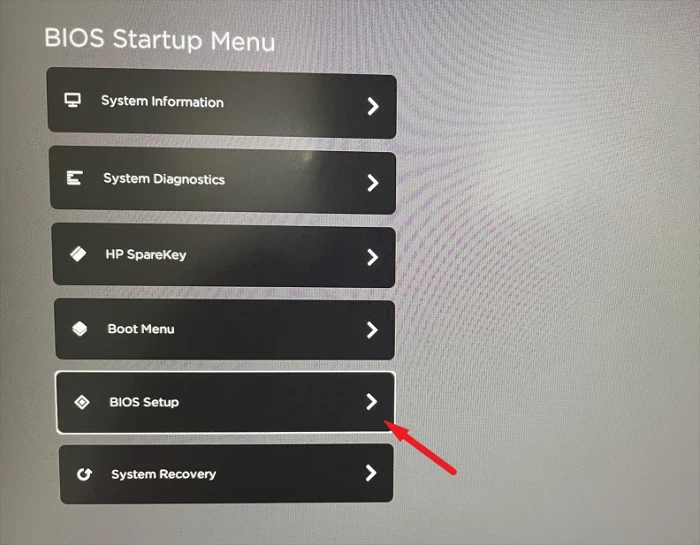
Then, head to the ‘Advanced’ tab and click or highlight the ‘Power Technology’ option.

Now, highlight the ‘Intel EIST’ option using the Arrow keys and press Enter to disable it. Repeat the step for the ‘Intel C-State’ option.
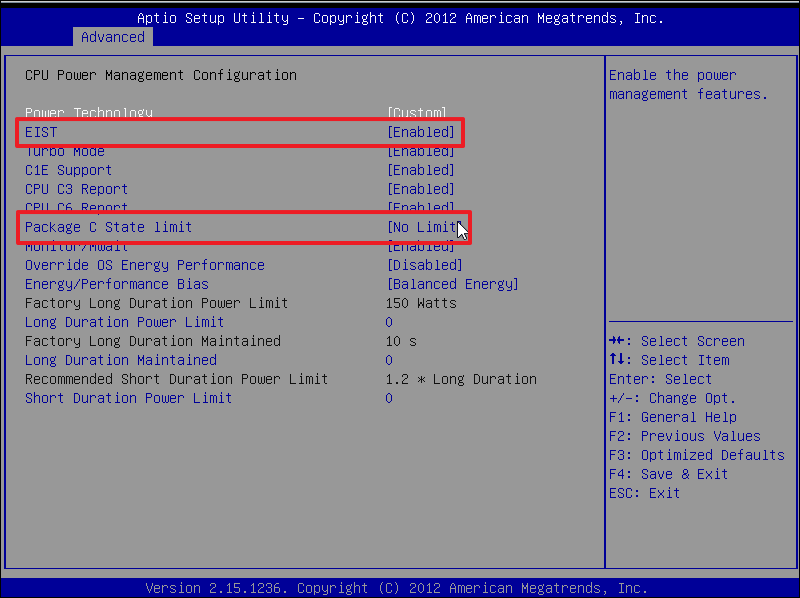
Once done, save the changes and exit the BIOS setup by pressing the key displayed on the screen. Usually, the F4 key is associated with saving the changes and exiting the BIOS.
Once done, log in to your user account and check if the issue has been resolved.
4. Use Driver Verifier
Driver verifier, as the name suggests is a built-in utility that allows you to check for malfunctioning drivers among the installed ones on your PC. It is simple and efficient to diagnose any driver-related issues using Driver Verifier.
Head to the Start Menu and type Terminal to perform a search. Then, from the search results, right-click on the ‘Terminal’ and click on the ‘Run as administrator’ option.
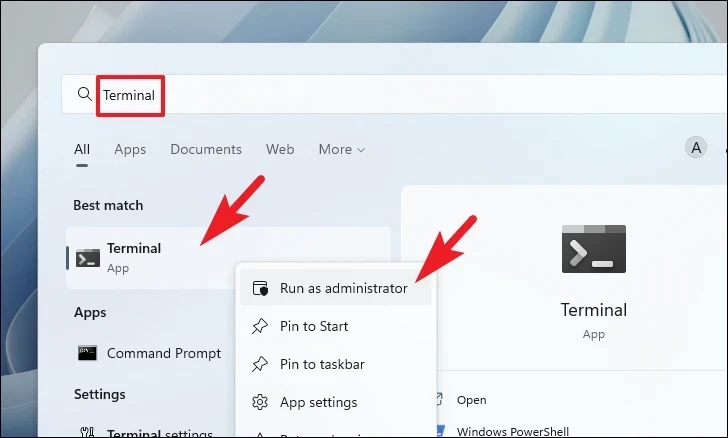
After that, a UAC (User Account Control) window will appear on your screen. If you are not logged in with an admin account, enter the credentials for it. Otherwise, click on the ‘Yes’ button to proceed.
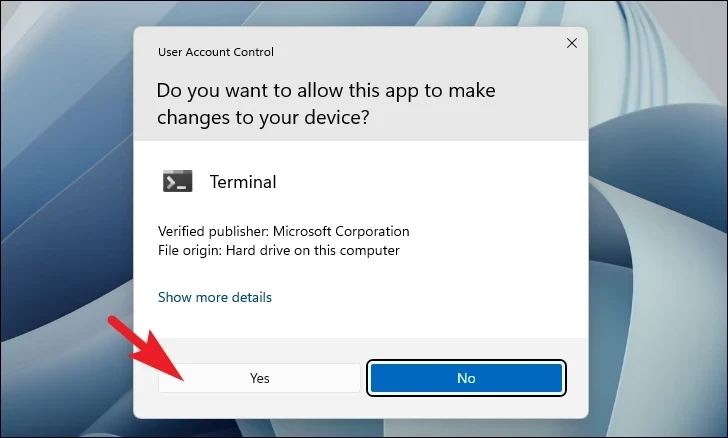
After that, click on the ‘chevron’ on the title bar and select the ‘Command Prompt’ option.
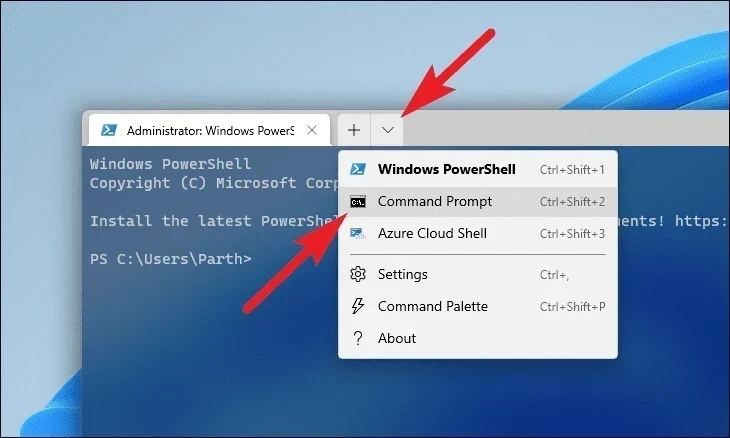
Now, on the ‘Command Prompt’ tab, type or copy+paste the below-mentioned command and hit Enter to execute. This will open a separate window on your screen.
verifier
Next, click on the radio button preceding the ‘Create standard settings’ option and then click on the ‘Next’ button to continue.
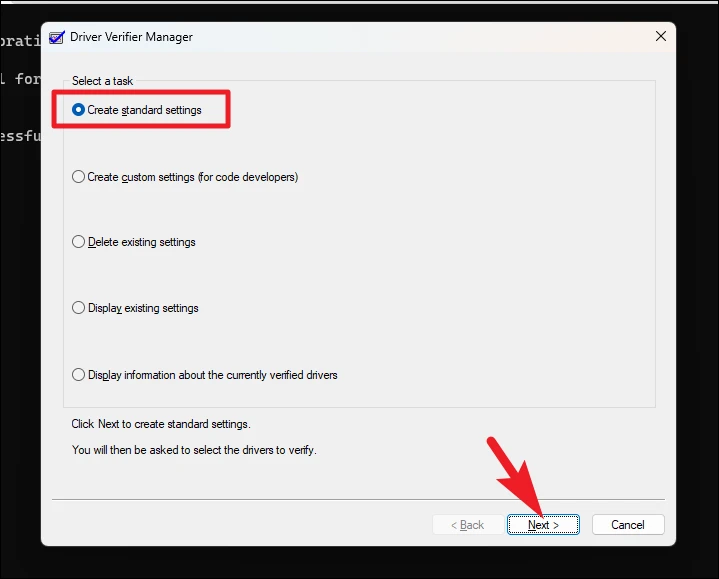
On the next screen, click on the ‘Automatically select all drivers installed on this computer’ option. Then, click on the ‘Finish’ button.
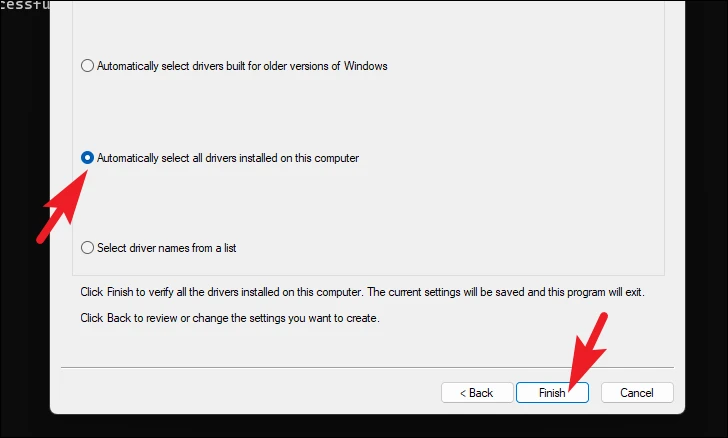
After that, restart your PC. The driver verifier will now run in the background and diagnose the drivers.
To learn which driver caused the issue on your computer, open the Driver Verifier Manager once more using the steps showcased previously in this section. Next, click on the ‘Display information about the currently verified drivers’ option and click on the ‘Next’ button.

Once the faulty drivers have been fixed, you will need to stop Driver Verifier as it will continue running in the background every time you boot up.
To do so, head to the ‘Command Prompt’ on the Terminal using the steps showcased previously. Then, type or copy+paste the below-mentioned command and hit Enter to execute.
verifier/reset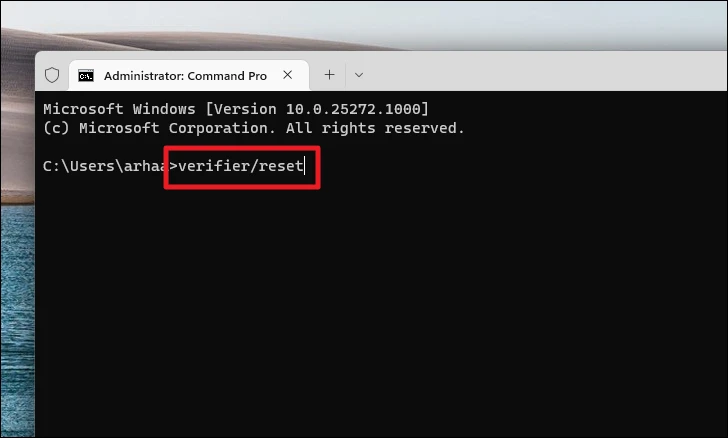
5. Roll Back to a System Restore Point
In case you are experiencing a crash recently after installing third-party software or a service, you can resolve the problem by simply rolling back to an earlier created system restore point.
First, head to the Start Menu and type Control to perform a search. Then, from the search results, click on the ‘Control Panel’ tile to proceed.
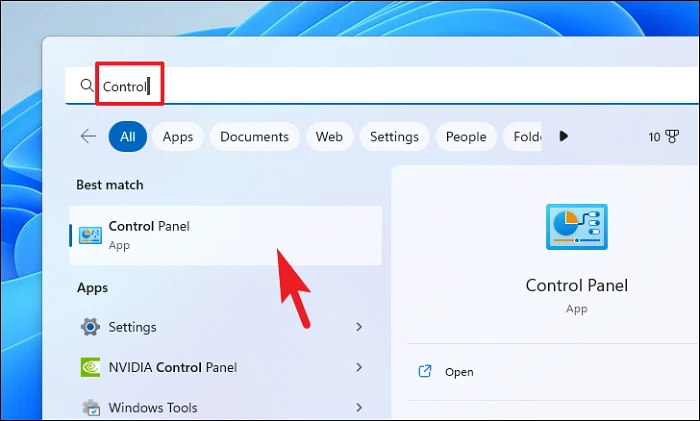
After that, locate and click on the ‘Recovery’ tile from the grid of icons.

Next, click on the ‘Open System Restore’ option from the list. This will open a separate window on your screen.
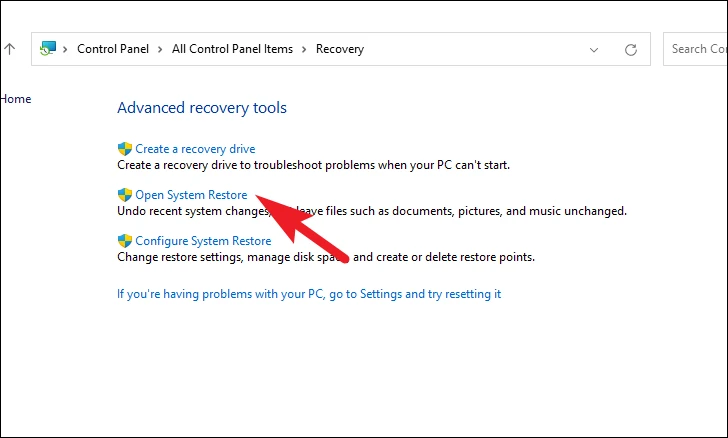
Now, click on the ‘Next’ button to proceed.
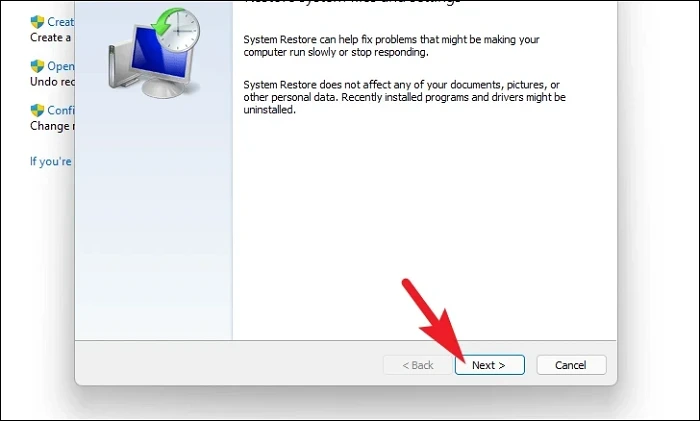
All created system restore points will be listed on the screen. Click to select the desired one and then click on the ‘Next’ button to initiate the rolling back process.
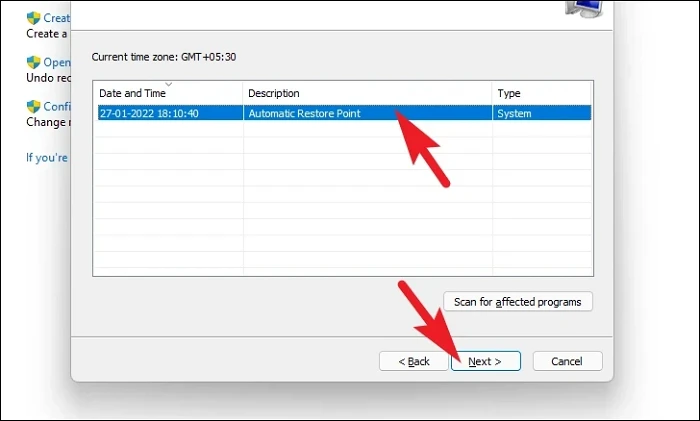
Next, a list of drives being impacted by the rollback will be displayed. To also check the specific programs that will be affected, click on the ‘Scan for affected programs’ button. This will bring a new window to your screen.
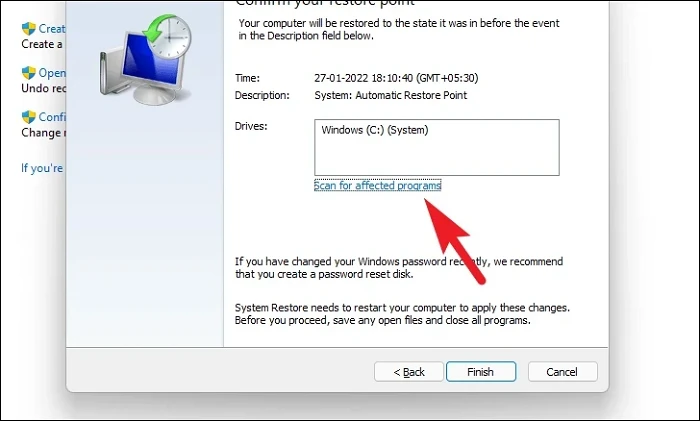
You will then be able to view the programs that will be deleted when you roll back to the selected restore point. Click on the ‘Close’ button to exit the window and proceed with the rollback.
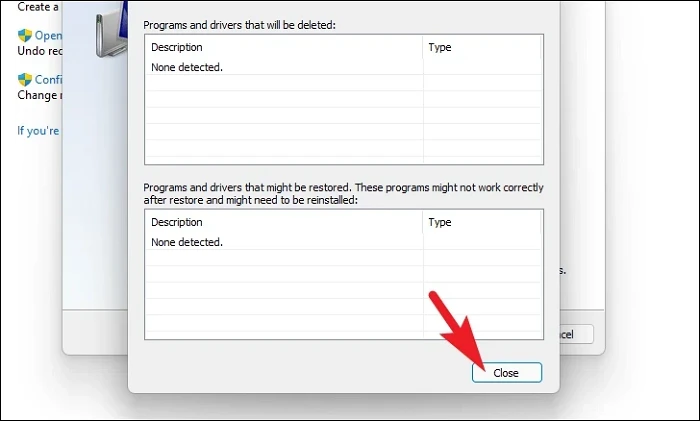
At last, click on the ‘Finish’ button to commence the system restore process.

5. Disable CPU Overclocking
CPU overclocking could also be one of the reasons your PC is experiencing crashes. You can simply disable it by heading to the UEFI Firmware settings on your computer.
First, head to the Start Menu and click on the ‘Settings’ icon.
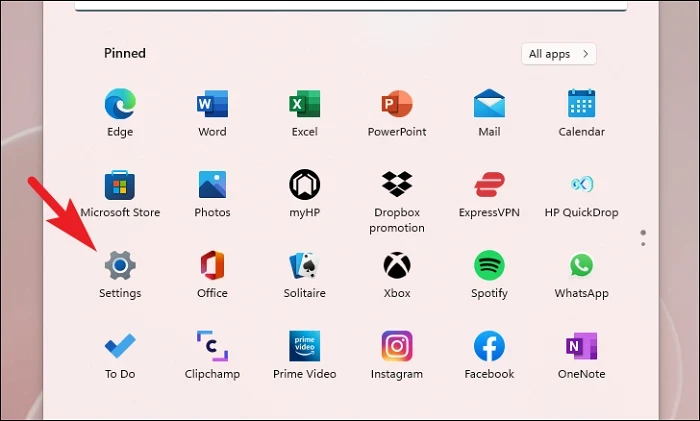
Then, make sure you have selected the ‘System’ tab from the left sidebar.
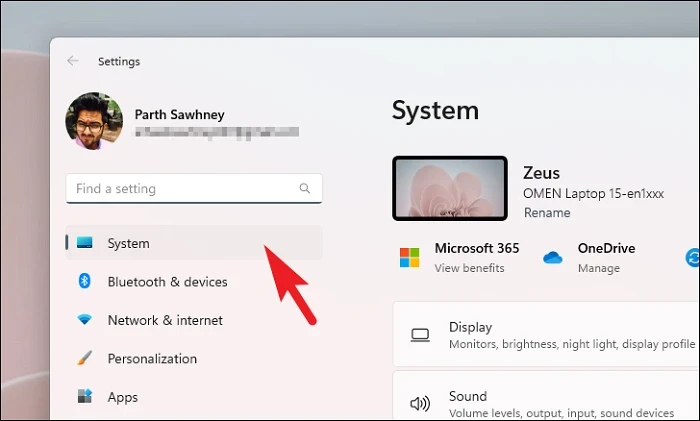
Now, from the right section, locate and click on the ‘Recovery’ tile.
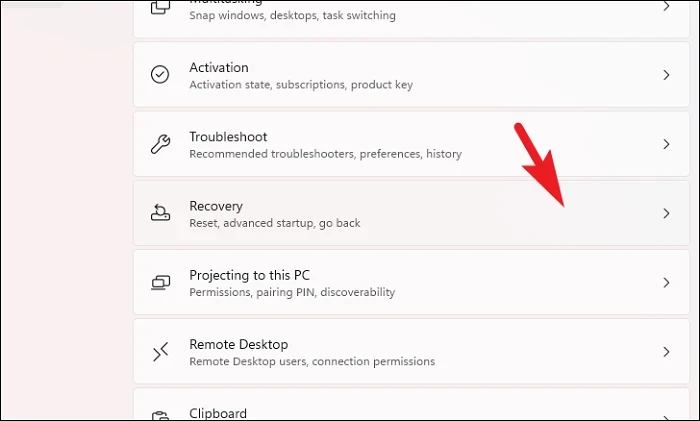
Afterward, click on the ‘Restart now’ button to proceed. This will bring a prompt to your screen.
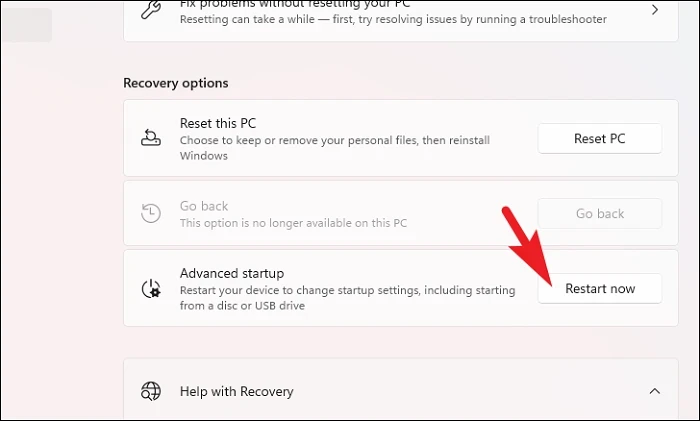
Next, click on the ‘Restart now’ button to immediately restart your PC.
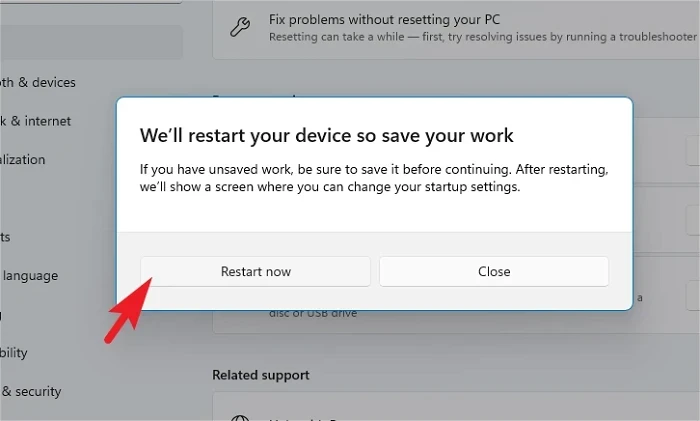
Once your PC restarts, click on the ‘Troubleshooter’ tile.
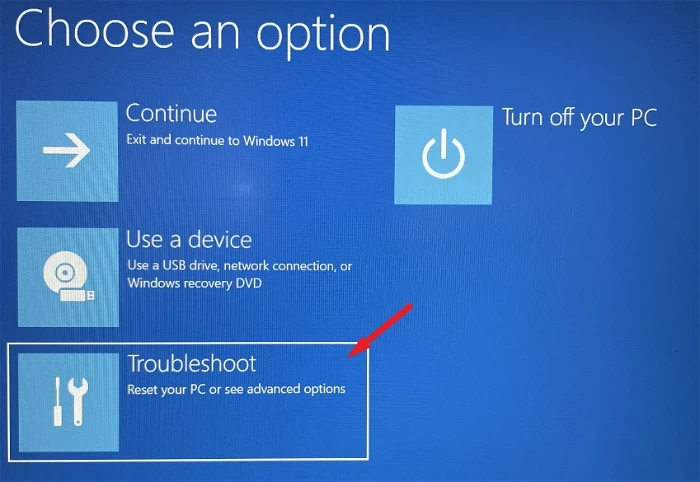
After that, click on the ‘Advanced options’ tile to continue.
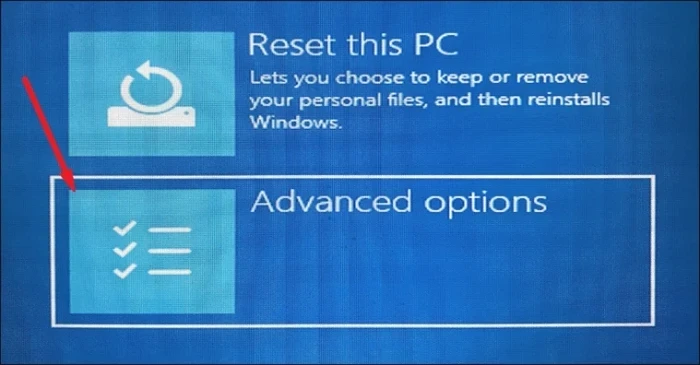
Then, click on the ‘UEFI Firmware settings’ tile to proceed. Your PC will restart again.

Then, after the restart, click on the ‘BIOS Setup’ option.
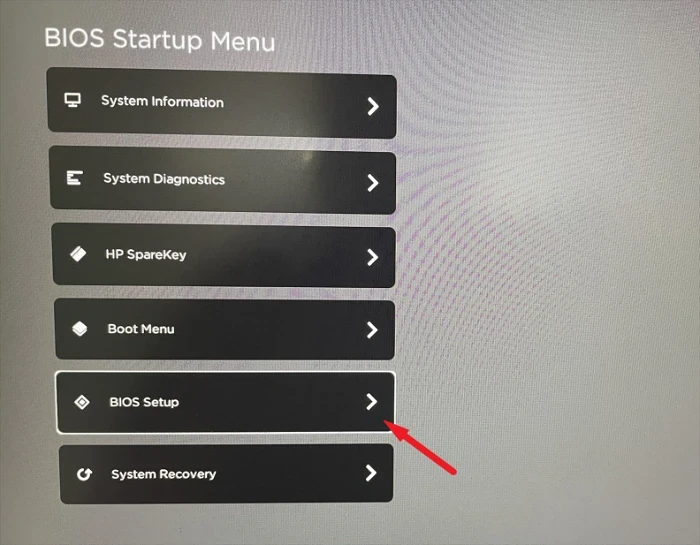
Now, click on the ‘AI Tweaker/Advanced’ tab, then find the ‘CPU Overclock/ Overclock’ option and disable it.
Note: Since every manufacturer has a different user interface, you may find the options’ nomenclature different than that shown here. However, the process remains the same.
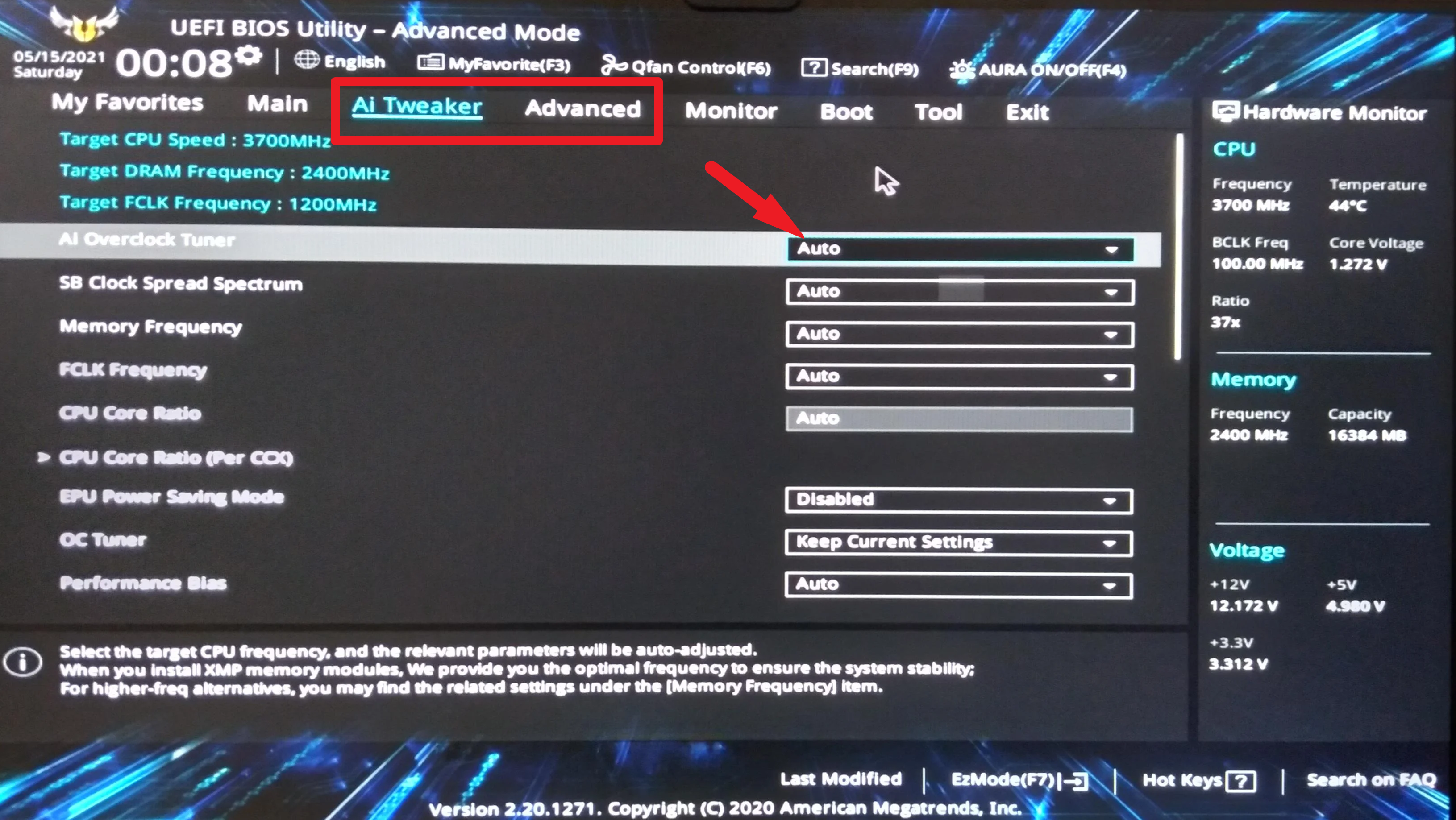
In case you are not able to find the option, click on the ‘Exit’ option. This will bring a prompt to your screen.
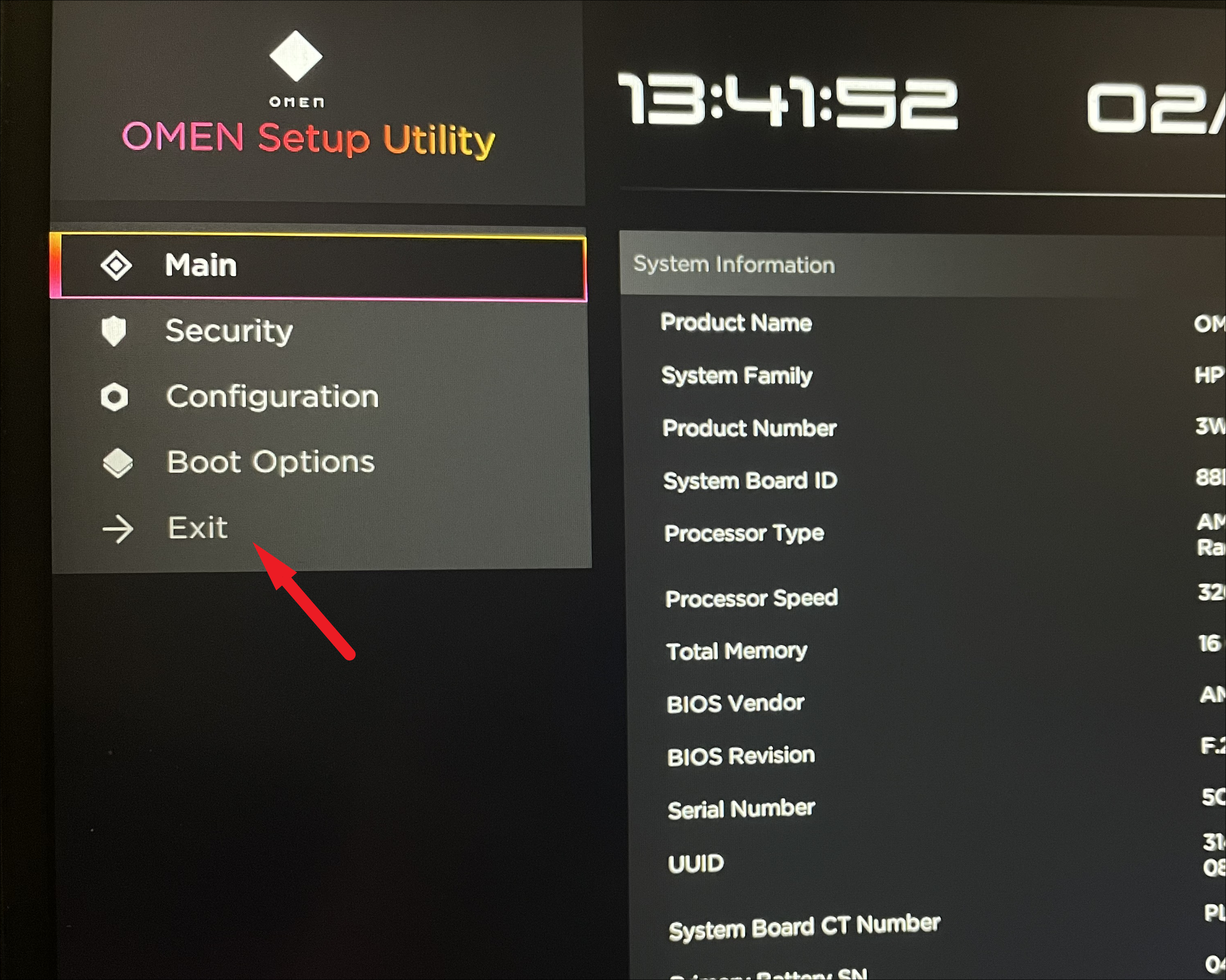
Now, click on the ‘Load defaults and exit’ option. This will reset your BIOS to factory defaults.
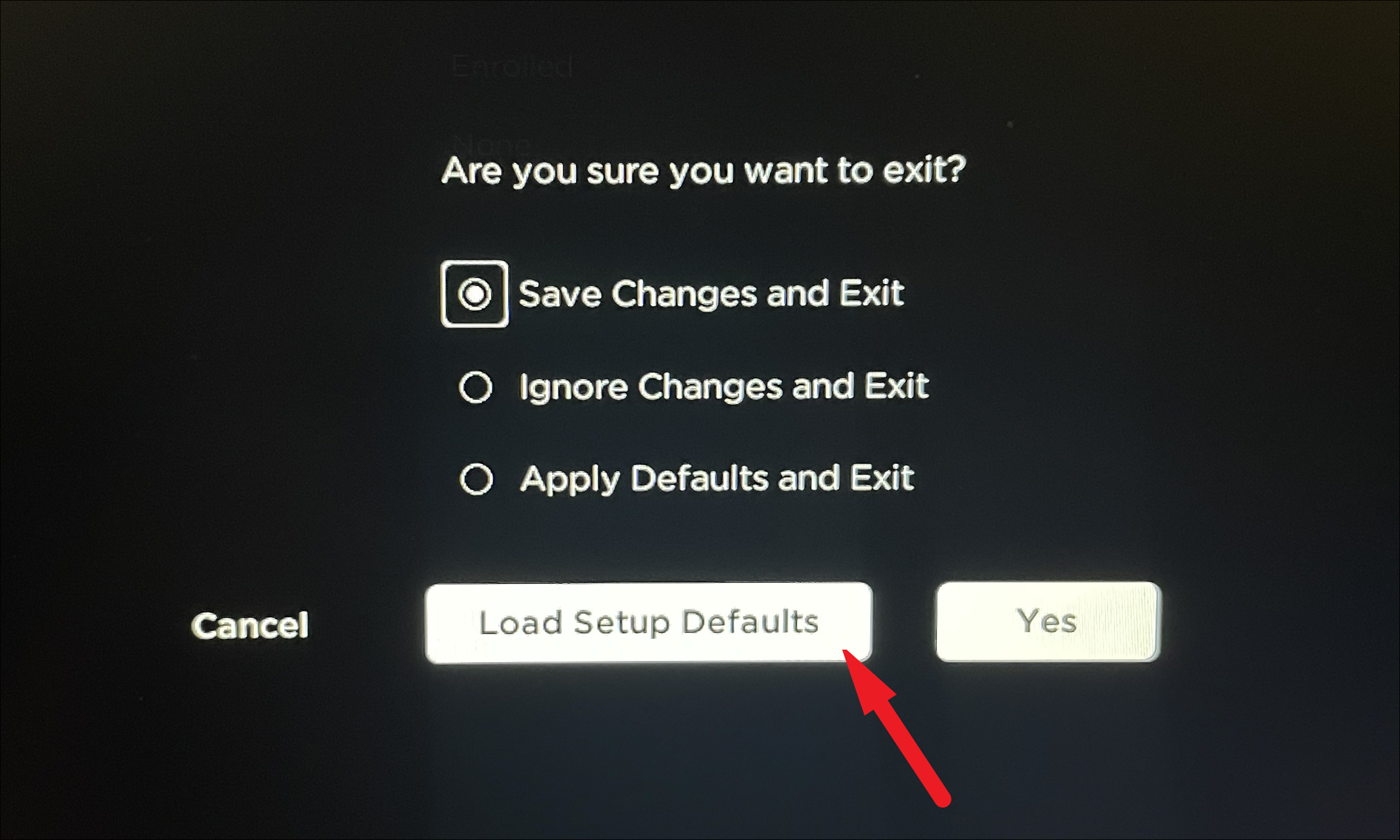
After the restart, check if the issue still persists.
6. Reset Your PC
In case you have not had success with any of the aforementioned methods, the last resort is to Reset your PC. Though you can choose to not remove your personal files and folders during the Reset process, it is recommended that you clean install the Windows (remove personal files and folders) to eliminate all factors that can cause the crash.
Head to the Start Menu and click on the ‘Settings’ icon.
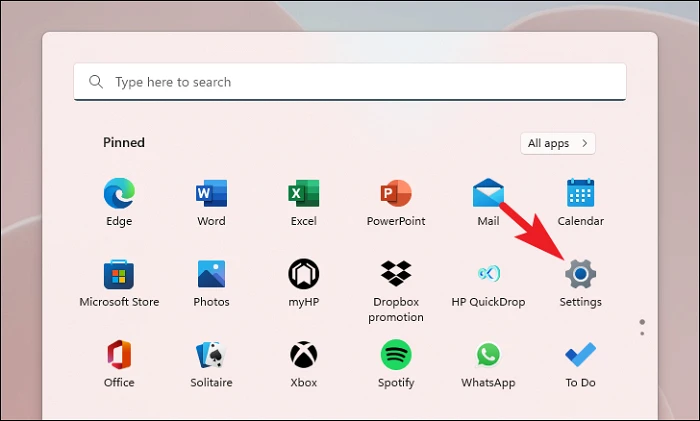
Next, make sure you have selected the ‘System’ tab from the left sidebar and then click on the ‘Recovery’ tile from the right section of the window.

Then, click on the ‘Reset the PC’ button to proceed. This will bring an overlay window to your screen.

From the overlay window, click on the ‘Remove everything’ option. In case you cannot back up your data or remove it, click on the ‘Keep my files’ tile.
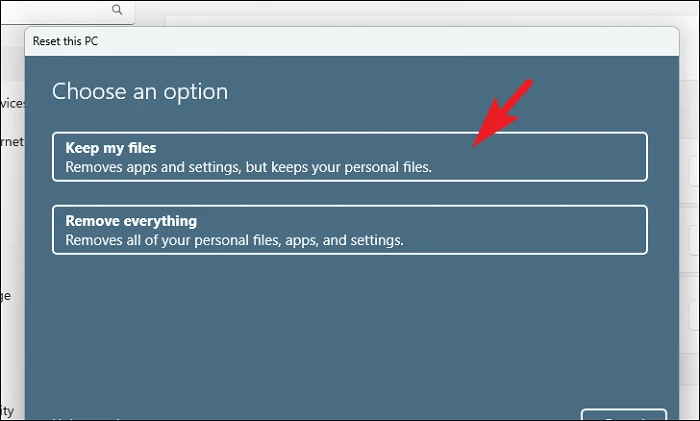
On the next screen, click on the ‘Cloud download’ to reinstall Windows as it will ensure the latest and error-free version.
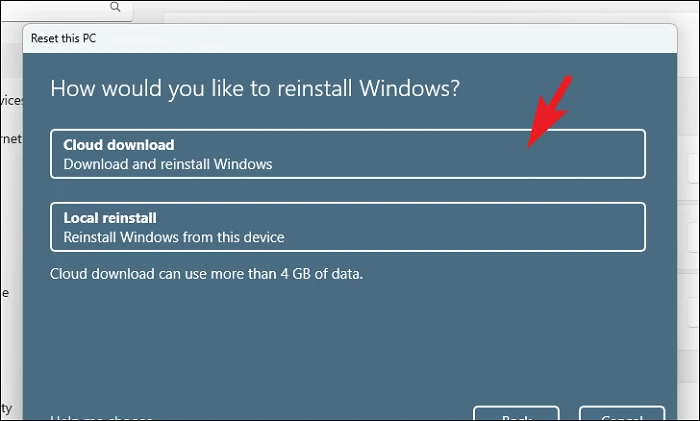
After that, Windows will display the configuration chosen by you. In case you wish to alter them, click on the ‘Change settings’ option.
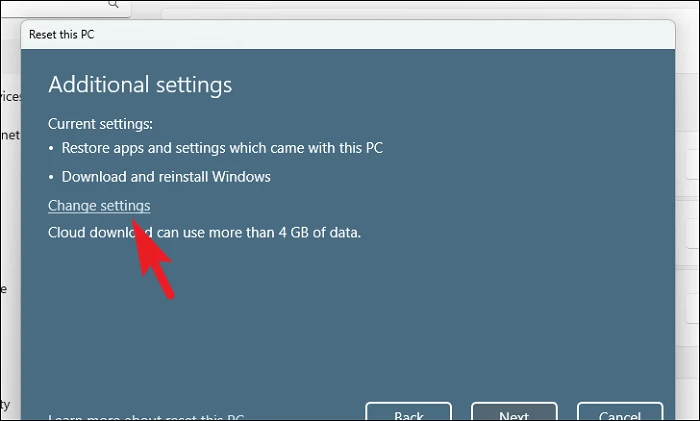
Now, you can choose to restore the ‘preinstalled apps’ using the toggle present right beneath the option. In addition to that, you can choose if you wish to have a cloud download or a local reinstall of Windows using the ‘Download Windows’ toggle. Once done, click on the ‘Confirm’ button to proceed.
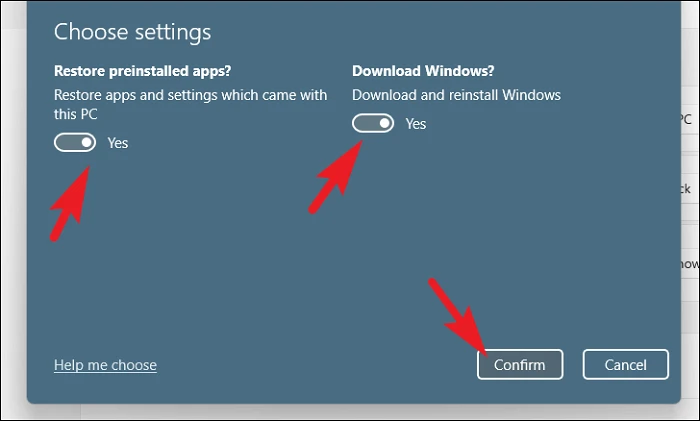
Now, click on the ‘Next’ button.
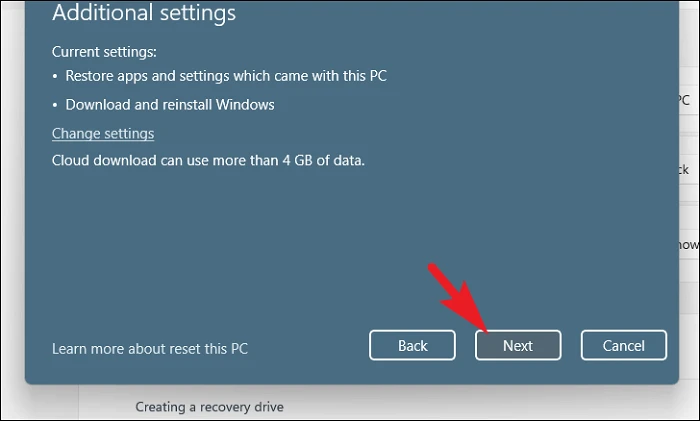
After that, Windows will list the impacts of resetting based on the options chosen by you. To commence the resetting process, click on the ‘Reset’ button.
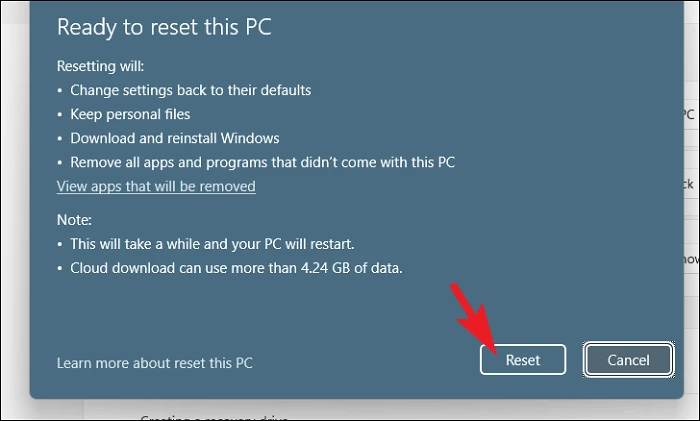
Any BSOD error can be a pain in the neck, and ntrknlmp.exe takes a special place. As it usually is caused due to a graphic card issue, it could have the root cause in very generic stuff. Fortunately, the above-mentioned methods will allow you to diagnose and resolve the error on your computer.











Member discussion